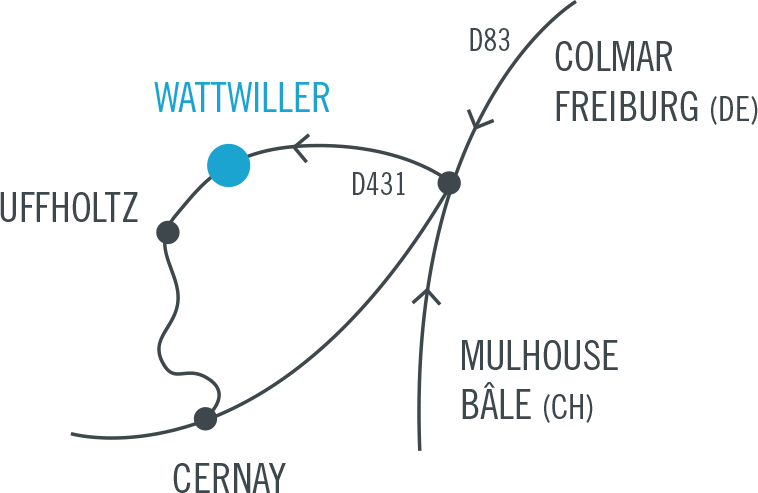In an aseptic and almost futuristic architecture, dozens of small characters cut themselves out from a huge photograph, swim dry, hang from harnesses and seem to laugh at themselves or at us.
Muriel Bordier quickly turned to the still image during her studies at the Beaux-Arts in Reims and became particularly interested in photography techniques. The advent of digital technology has given her an unprecedented space of freedom and she has been developing this practice since the mid-2000s.
Whether it is for the series of Museum Spaces, Open Spaces or Thermal Baths, her humorous stagings play with micro and macro. The creative process is similar to that of a film director, dozens of extras participate in the construction of the image, each break is photographed about fifty times and then diverted and integrated into the final image.
In the triptych of Les grands Thermes (the Grands Thermes), the tragi-comic dimension of his work can be found as well as the distortion of the scales. It is the only photograph in a series of 12 where the water enters the space, the rest of its basins and pools being empty, an obvious contradiction with the classic use of this type of equipment.
Muriel Bordier questions idiocy, proposes a reflection on mass, an analysis of behaviour and social codes close to animal organisation.
Her characters struggle in a complex universe.
Les grands Thermes
Muriel Bordier
Born in 1965, in France : Lives and works in Rennes.
Muriel Bordier works in photography at the School of Fine Arts in Reims and graduated in 1990. Since all these years, she has been developing her photographic production always with humour and regularly exhibits in France (Paris, Rennes, Montpellier, Colmar, Dunkerque, Bordeaux…) and abroad (USA, Spain, Switzerland, Turkey…).
Among the highlights of his artistic career are the Eurazeo 2015 Prize and the Archimboldo Prize in 2010. With this work, she enters the collection of the Maison Européenne de la Photographie in Paris.
She is also active in the context of artist residencies (notably at the Corderie Royale in Rochefort, Manosque…), she often works with the population she integrates into her projects. One of the other aspects of her approach can be found in the obligations of the 1% artistique in which she participates.
She is represented by the Basia Embiricos Gallery (Paris), by Caroline Resmond (Rennes) and the Annie Gabrielli Gallery (Montpellier).
